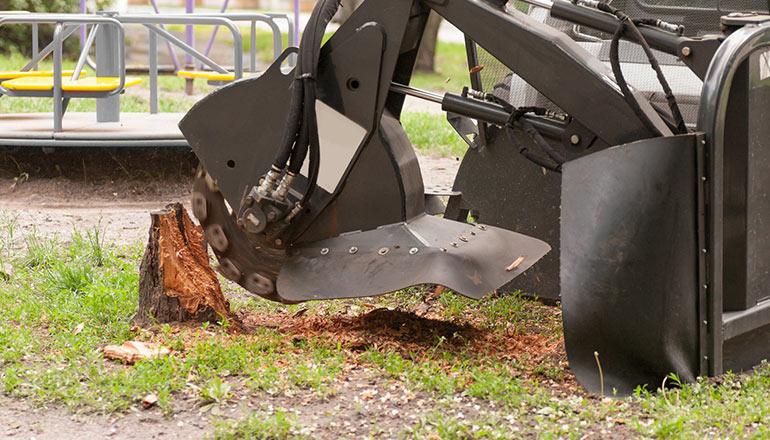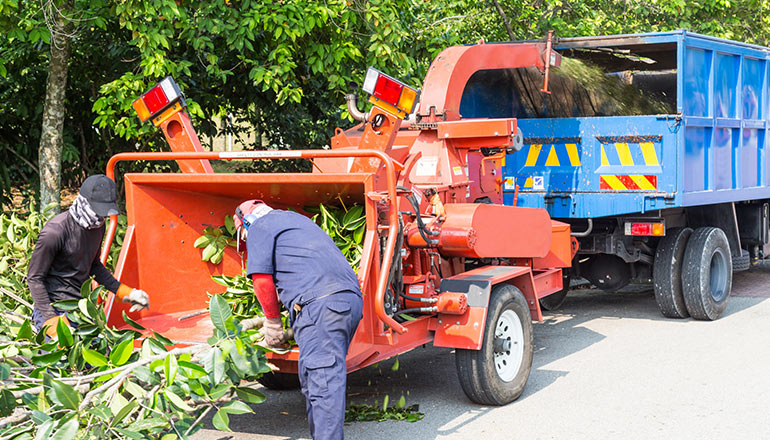
In recent years, the emerald ash borer (EAB) has emerged as one of the most devastating pests affecting our urban and forested landscapes. This tiny green invader, native to Asia, has found its way to North America, where it has wreaked havoc on ash tree populations. In this blog post, we will explore the background, life cycle, and impact of the emerald ash borer, as well as the measures being taken to combat this insidious threat.
Understanding the Emerald Ash Borer
The emerald ash borer, scientifically known as Agrilus planipennis, is a species of metallic wood-boring beetle in the family Buprestidae. Measuring only about half an inch long, this small yet formidable insect has caused significant ecological and economic damage across the United States and Canada.
Life Cycle
The life cycle of the emerald ash borer begins when adult beetles lay eggs on the bark of ash trees during the summer months. Once hatched, the larvae bore through the bark and feed on the inner bark, creating characteristic “S”-shaped galleries that disrupt the tree’s nutrient transport system. As the larvae grow, they continue to tunnel deeper into the tree, causing further damage.
Infestation and Spread
The emerald ash borer is a highly efficient hitchhiker, often spreading through the transportation of infested firewood and other wood products. Human activities, such as moving firewood from one region to another, have been a significant factor in the beetle’s rapid expansion. As a result, the emerald ash borer has found its way to more than 30 states in the U.S. and several Canadian provinces.
Impact on Ash Trees and the Environment
Ash trees (Fraxinus spp.) have long been cherished for their aesthetic appeal, valuable timber, and ecological significance. The emerald ash borer’s invasion has resulted in the widespread decline and mortality of ash trees, significantly altering ecosystems and landscapes. With few natural predators in North America, the beetle population has surged, making it difficult to control their impact.
Economic Consequences
The economic impact of the emerald ash borer infestation is staggering. Cities and towns have faced enormous costs to remove and replace infested trees, while property values have declined in neighborhoods where ash trees once flourished. The loss of ash trees also affects industries reliant on ash wood, such as furniture and baseball bat manufacturers.
Management and Control Efforts
Efforts to combat the emerald ash borer have been multifaceted. Research is ongoing to develop more effective insecticides, biological control agents, and methods to detect and monitor infestations. Tree professionals and government agencies have urged the public to avoid moving firewood and to be vigilant in identifying and reporting potential infestations.
Unfortunately, often the only option is to remove the infected tree. Removing an ash tree infected with emerald ash borer (EAB) is a crucial step in managing the spread of this destructive pest and safeguarding the surrounding environment and property. Ash tree removal is still our most effective weapon once the borer is present.
The Role of Public Awareness
Public awareness is essential in the fight against the emerald ash borer. By educating homeowners, landowners, and outdoor enthusiasts about the signs of infestation and best practices for mitigating the spread, we can play an active role in preserving the health of our ash trees and natural landscapes.
Conclusion
The emerald ash borer represents a significant ecological and economic challenge in North America. Its invasion has tested our resolve in protecting our cherished ash trees, which have long been a vital part of our environment and culture. With continued research, active management efforts, and public cooperation, we can work together to mitigate the impact of this invasive pest and safeguard the future of our ash trees for generations to come.
If you need help removing an infected ash tree or want to thin the trees on your property in the greater Des Moines area our skilled technicians at Southern Accent Services can remove them in a safe and professional manner.
Call us today at 515-882-0777 or email us at [email protected] to set up a free same-day estimate to see what options you have and let us show you how we can help.




